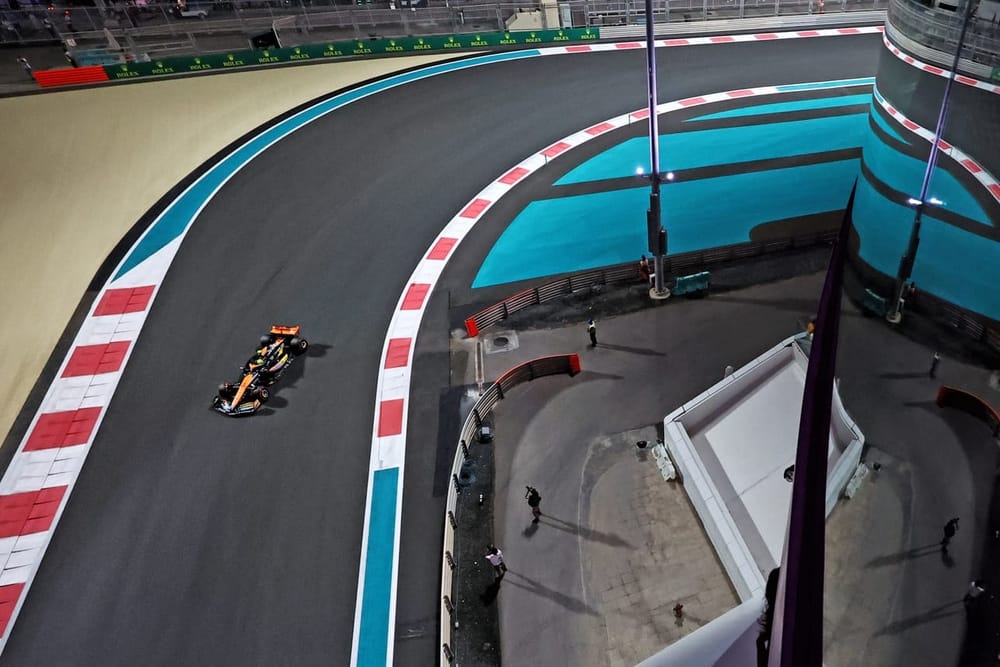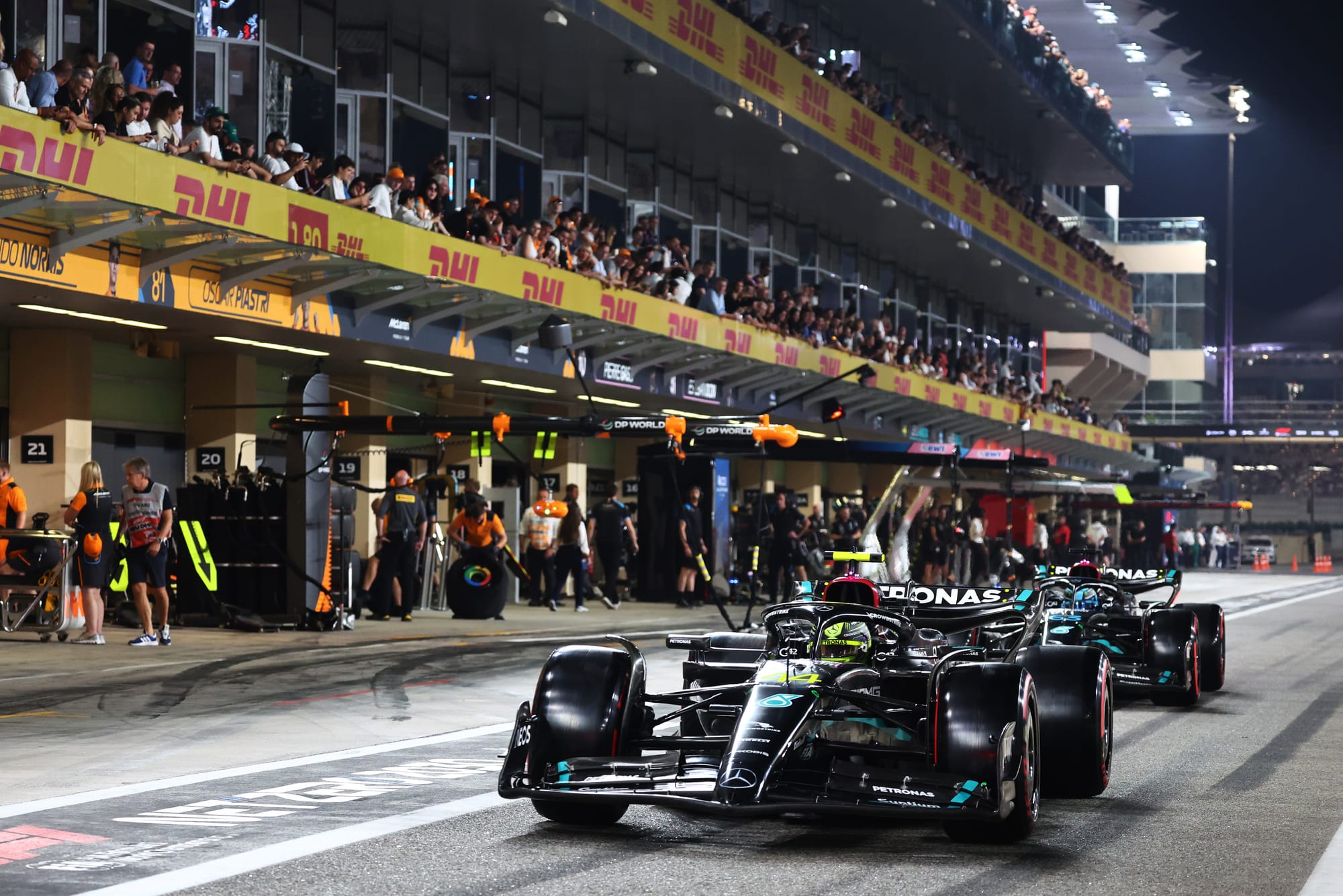Up Next

Max Verstappen’s Abu Dhabi GP pole was on paper quite comfortable - at 0.139 seconds over Charles Leclerc’s Ferrari. But actually it was Lando Norris’s McLaren which represented the greatest threat to the Red Bull.
You may have seen Norris's major moment out of Turn 13 under the hotel bridge in the final sector of his final lap and how that cost him over 0.4s and limited him to fifth on the grid. In that over-commitment, did he actually blow pole position?
Fine margins, as ever, in F1 🤏
— Formula 1 (@F1) November 25, 2023
You can count on Lando to bounce back on Sunday 💪 #F1 #AbuDhabiGP pic.twitter.com/RFS7xaa6mk
It’s extra-tricky to be definitive because Yas Marina is one of those tracks where there is some tyre management necessary even over a qualifying lap. Take too much from the tyre in sectors one and two and you will suffer through the right-angle turns at the end of the lap - Turns 12, 13, 14, 15 and 16.
For example, on his last run Verstappen failed to improve on his first Q3 effort because, “I ran out of front tyres, basically. They just went away half-way through the second sector and I began to get little lock-ups”.
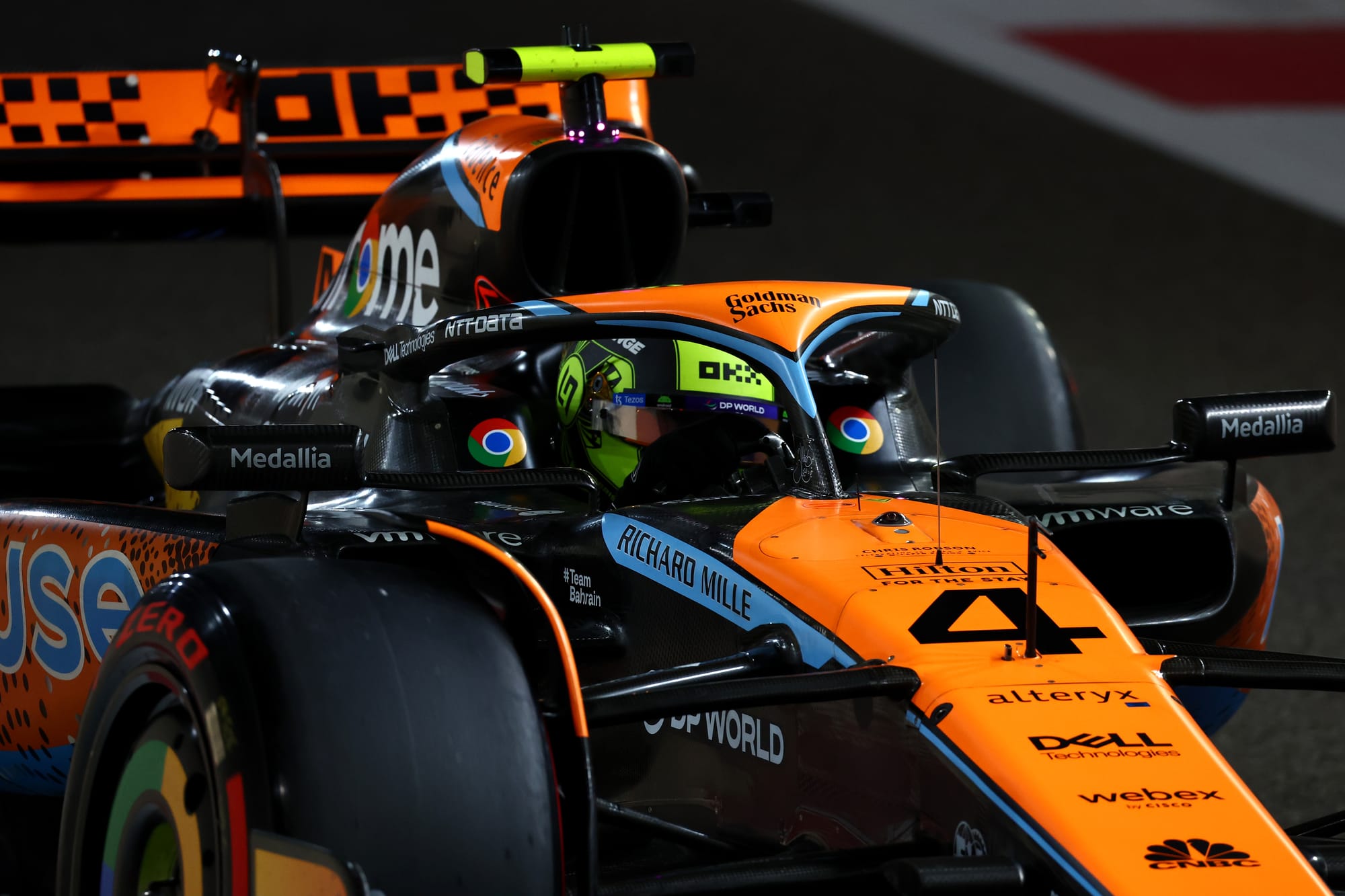
The McLaren balance was the opposite, making the rear tyres the limitation. Team boss Andrea Stella explains further: “More than how much you try to extract from the tyres - like you have a limited budget and do you use it at the start of the lap or the end - what we could see today was the effect of having some snap oversteer early in the lap which presents the bill at the end.
“[For us] it was not really about how much you push as a driver but if you have, from a balance point of view, that little extra wheelspin that gives you some oversteer then it puts the tyres over line when you lean on the rear-right for some time, that’s when you pay the price.”
If we look at the idealised laps of Verstappen and Norris (ie just adding their best sectors together), the Red Bull driver is ahead by 0.2s. But that’s a misleading statistic - because Norris’s best sector three was from his first run on used tyres (because he had his wild moment on the new tyres on that final run).
If we look at the improvement his new tyres offered in sectors one and two on his final run (an average of 0.443%) and apply it to what he did on used tyres in Sector three, we get a theoretical time 0.005s faster than Verstappen’s pole. So even if it hadn’t translated in exactly that way, it’s clear that Norris would have been there or thereabouts at Verstappen’s time.
That said, the Red Bull was perhaps not at its absolute best. Effectively missing FP1 by handing over both its cars to young drivers (as it was obliged to do) and then having FP2 truncated by red flags to only 16 minutes, it was still far, far away from its optimum in FP3, Verstappen complaining of “no balance, bottoming and jumping” and only sixth fastest.
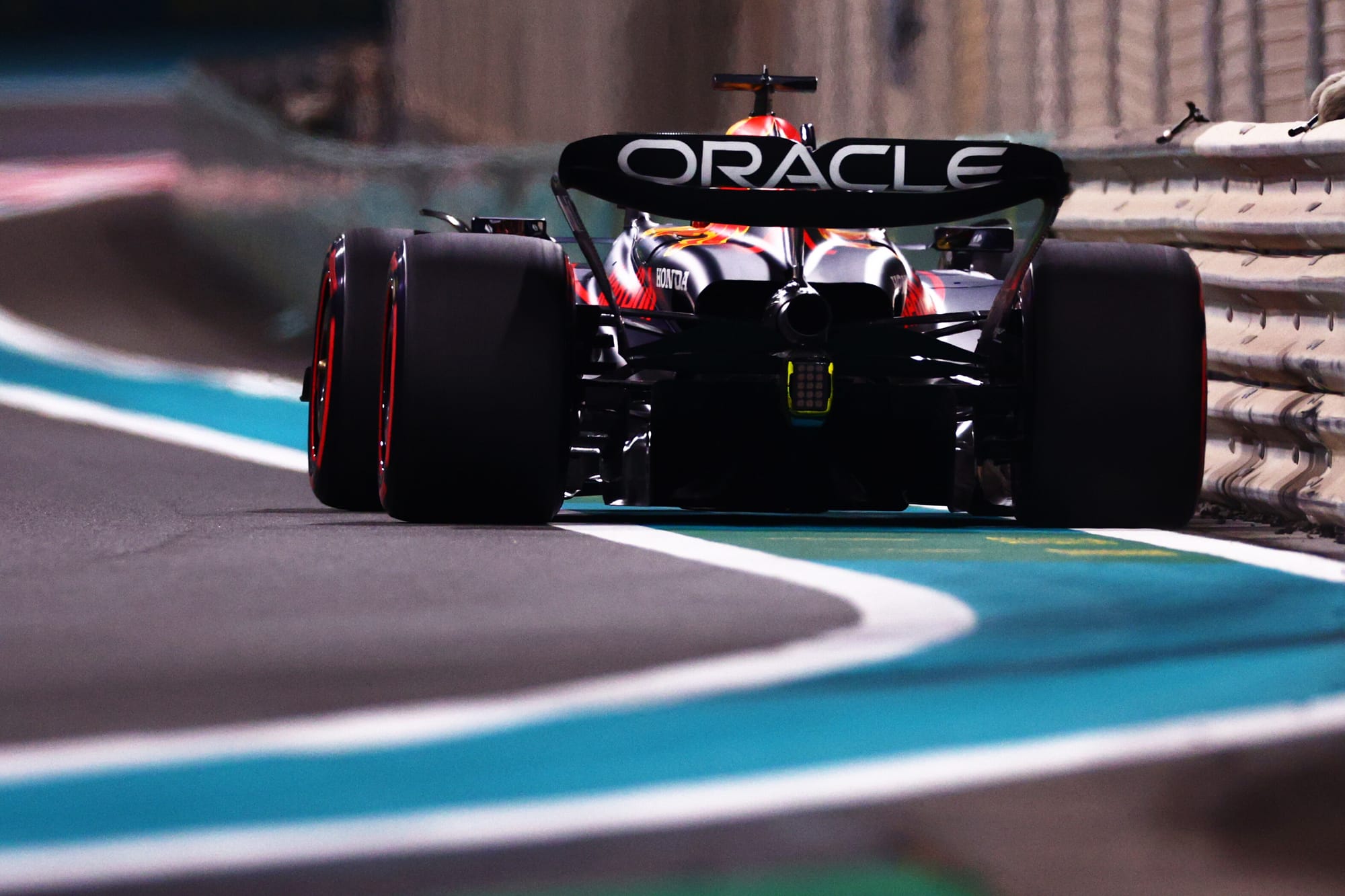
The team did a great job in finding most of the shortfall in the two hour gap between that session and qualifying (winning Christian Horner €500 from Helmut Marko in the process).
The question of course is whether Norris suffered that moment because he - like Verstappen - had taken too much from his tyres in the first two sectors and therefore the theoretical time was out of reach. We cannot know for sure. But it’s clear that the margin between them over one lap suggests that Norris was the only real threat to Verstappen’s pole.
The well-established traits of the Red Bull and McLaren are very evident when comparing Verstappen’s best lap (his first Q3 run) with Norris’s new-tyre final run, specifically the McLaren’s great fast-corner and poor slow-corner performance, the McLaren’s respectable straightline speed but the Red Bull’s superior DRS performance.
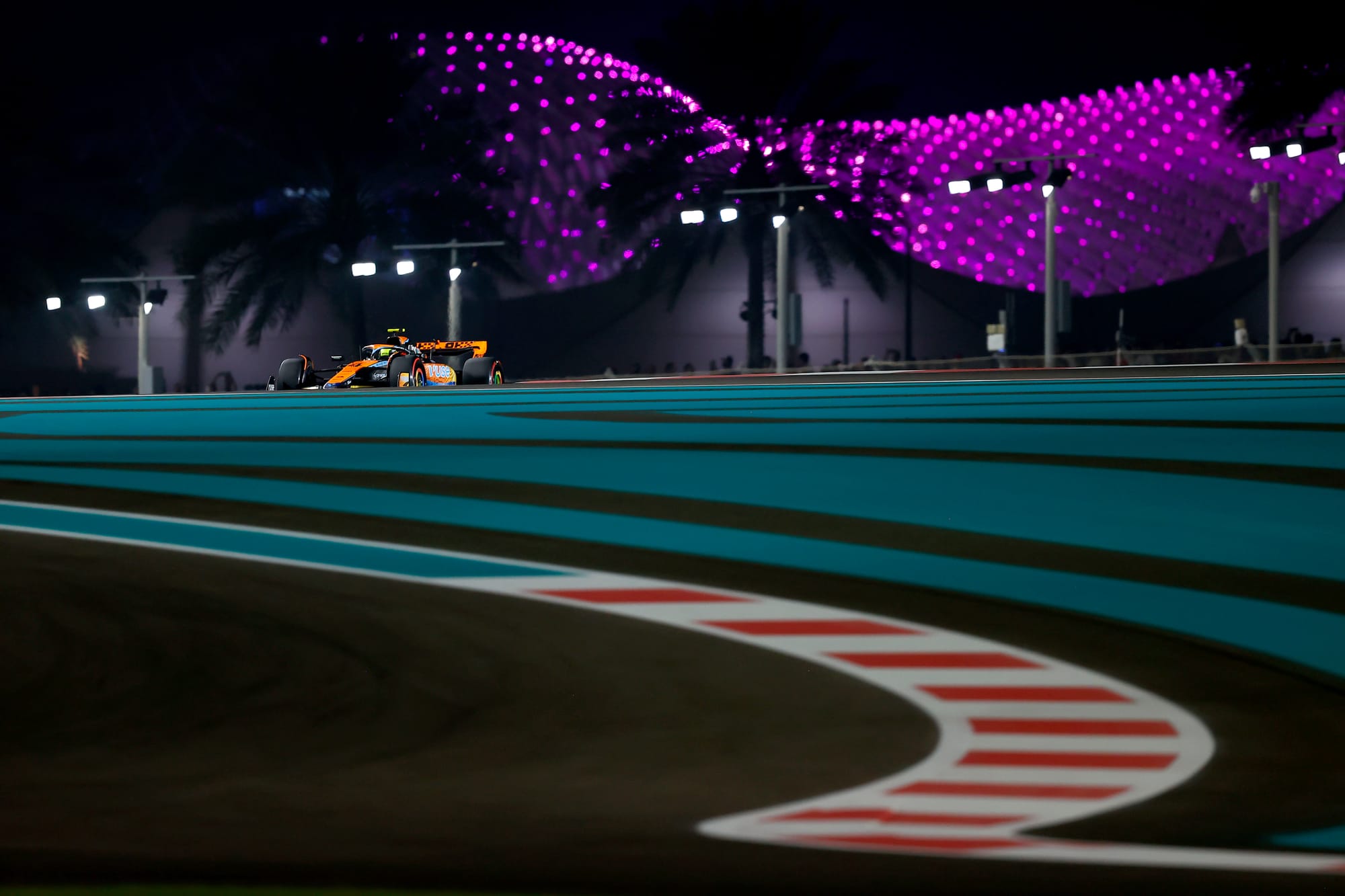
By the time Norris is braking for the Turn 5 hairpin he’s 0.112s ahead of Verstappen. The Red Bull claws that back plus an extra 0.076s through the hairpin, but the McLaren’s straightline is initially stronger and Norris is back ahead by 0.071s by halfway down the back straight - after which the Red Bull’s superior DRS performance begins clawing back the time for Verstappen.
Through the trap just before braking for the chicane the Red Bull is travelling at 332km/h (third-fastest overall), the McLaren 323km/h (20th-fastest). But in the time taken to get down that straight, the McLaren has done it quicker by 0.062s because of its superiority in the first part.
First runs
| Sector one | Sector two | Sector three | |
| Verstappen | 17.151s | 35.894s | 30.400s |
| Norris (used soft) | 17.148s | 36.256s | 30.412s |
| Piastri (used soft) | 17.135s | 36.319s | 30.497s |
Second runs
| Sector one | Sector two | Sector three | |
| Verstappen | 17.078s | 35.975s | 30.497s |
| Norris | 17.076s | 36.087s | 30.789s |
| Piastri | 17.101s | 36.093s | 30.588s |
“In general we’re using a relatively low level of downforce and we are happy with what we see in terms of top speed,” says Stella. “But we have some work to do on the DRS effect, especially on this wing which comes from a relatively old design. Sector two has two straights, but they also contain two low-speed corners and I sound like a stuck record when I say these are our problem corners.”
Nonetheless, Norris is still 0.1s ahead as they arrive at Turn 12 to begin the sequence of slow right-angle corners which place such stress on the rear tyres. His Turn 13 moment (even in fourth gear at 155km/h, it’s traction-limited) loses him over 0.4s right there. Game over.


